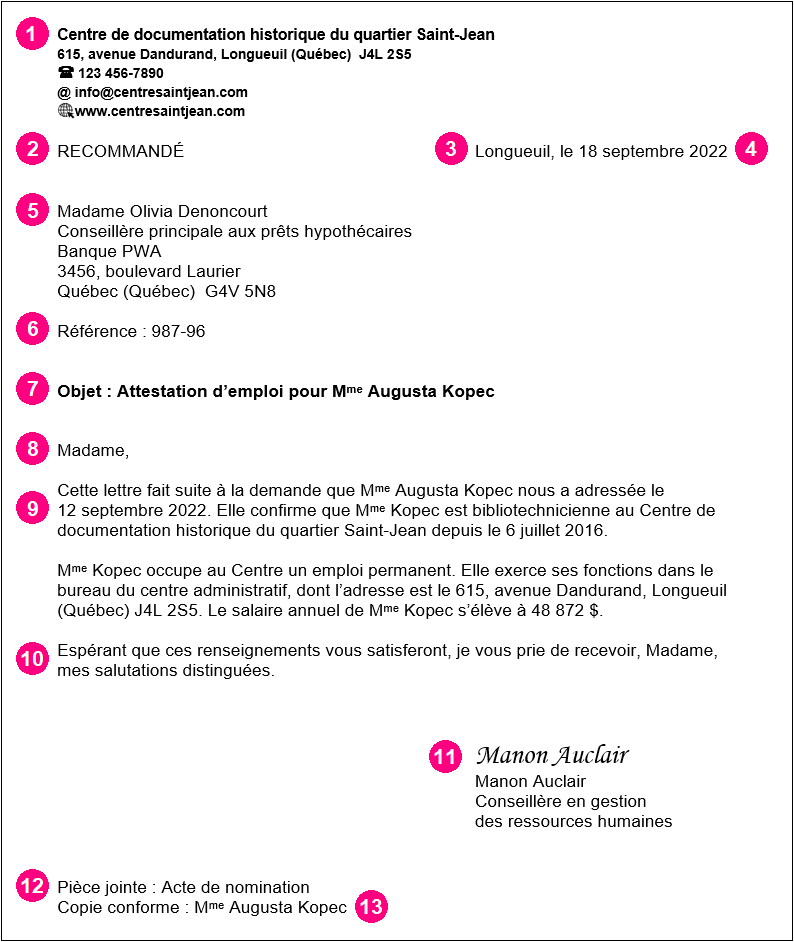Have you ever stared at your computer screen after writing an email, unsure of how to end it? That final line, the email sign-off, can be surprisingly tricky. It’s a bit like saying goodbye in person—you want to leave a good impression and make sure your message resonates.
Choosing the right way to sign off an email can feel like navigating a social minefield. Is “Best regards” too formal? Does “Cheers” sound too casual? In the digital world, where emails are a primary mode of communication, mastering these nuances is essential for building relationships, conveying professionalism, and ensuring your message hits the right note.
This article dives into the world of email sign-offs, exploring their history, significance, and the impact they have on our communication. We'll uncover the art of choosing the perfect sign-off, discuss common pitfalls, and equip you with the knowledge to navigate this often-overlooked aspect of digital etiquette.
While it might seem like a small detail, the way you end your emails speaks volumes. It can convey your personality, professionalism, and the level of formality you wish to establish with the recipient. A well-chosen sign-off can leave a lasting positive impression, while an inappropriate one can lead to misunderstandings or even damage your credibility.
Whether you're writing to a potential employer, a close friend, or a business associate, understanding the subtle art of email closings can significantly enhance your communication skills and help you build stronger connections.
Advantages and Disadvantages of Different Email Sign-Offs
Choosing the wrong sign-off can sometimes have unintended consequences. Let's explore some advantages and disadvantages of commonly used email closings:
| Sign-Off | Advantages | Disadvantages |
|---|---|---|
| Sincerely/Regards | Timeless, professional, appropriate for formal contexts. | Can feel impersonal or distant, especially in casual settings. |
| Best/Warm regards | Strikes a good balance between professionalism and friendliness. | Can be overused and lose its impact. |
| Cheers/Thanks | Concise, friendly, suitable for informal emails. | Might come across as too casual for professional communication. |
Best Practices for Choosing the Right Email Sign-Off
Here are some practical tips for selecting an appropriate email sign-off:
- Consider Your Audience: Who are you writing to? A potential employer requires a more formal tone than a close friend.
- Context Matters: Is it a job application, a thank-you note, or a casual message? Tailor your sign-off to the purpose of the email.
- Establish a Consistent Tone: Ensure your sign-off aligns with the overall tone and style of your email content.
- Don't Be Afraid to Personalize: If you have a good rapport with the recipient, a slightly more personalized sign-off can strengthen the connection.
- Proofread Before Sending: Double-check your sign-off for typos and grammatical errors, just like you would with the rest of your email.
Frequently Asked Questions about Email Sign-Offs
Here are some common queries about using email closings effectively:
- Is it okay to omit a sign-off completely? While it's technically acceptable, it's generally considered abrupt and can be perceived as unprofessional.
- Can I use emojis in my sign-off? It depends on the context. Emojis can be appropriate in informal emails with close contacts but are best avoided in professional correspondence.
- What if I'm replying to a chain email? You can usually adopt the same level of formality as the previous emails in the thread.
In conclusion, the art of signing off an email may seem like a minor detail, but it plays a significant role in effective communication. By understanding the nuances of different sign-offs and following best practices, you can ensure that your emails always convey the intended message and leave a positive impression on your recipients. Taking the time to craft a thoughtful and appropriate closing shows that you value their time and helps build stronger connections in both personal and professional settings. So, the next time you hit "send," make sure your sign-off leaves a lasting mark for all the right reasons!
formule en fin de courrier - Khao Tick On
formule en fin de courrier - Khao Tick On
formule en fin de courrier - Khao Tick On
formule en fin de courrier - Khao Tick On
formule en fin de courrier - Khao Tick On
formule en fin de courrier - Khao Tick On
formule en fin de courrier - Khao Tick On
formule en fin de courrier - Khao Tick On
formule en fin de courrier - Khao Tick On
formule en fin de courrier - Khao Tick On
formule en fin de courrier - Khao Tick On
formule en fin de courrier - Khao Tick On
formule en fin de courrier - Khao Tick On
formule en fin de courrier - Khao Tick On
formule en fin de courrier - Khao Tick On














